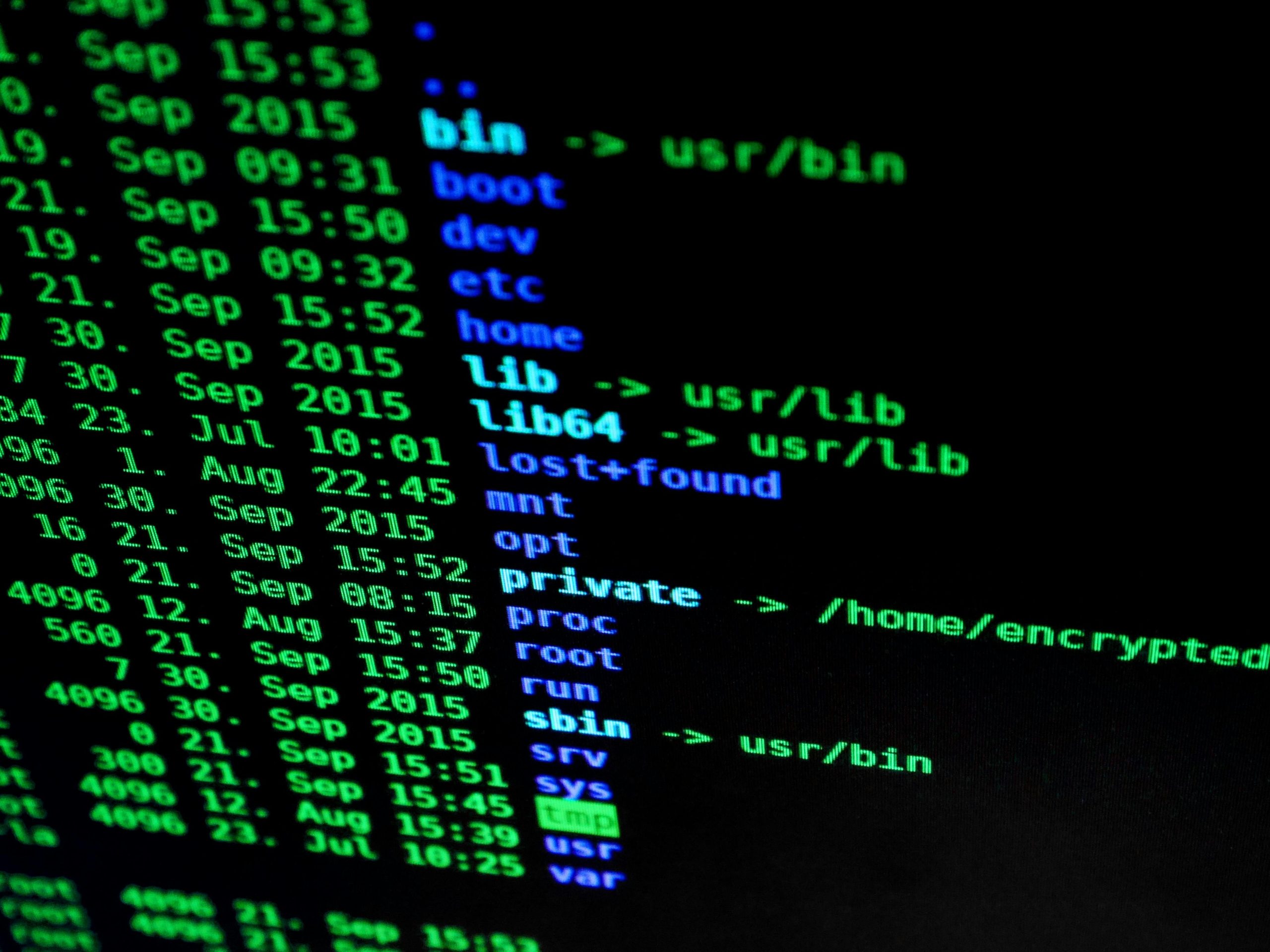Ransomware has been a persistent threat in the cybersecurity landscape for years. As we progress through 2024, attackers are employing increasingly sophisticated tactics. This article explores the latest trends in ransomware attacks and provides strategies to defend against them.
Current State of Ransomware in 2024
Ransomware attacks have evolved from simple file encryption to complex operations threatening entire business ecosystems. In 2024, we have seen a sharp increase in both the frequency and severity of attacks. Cybercriminals are targeting not only large corporations but also small businesses, healthcare providers, and government institutions.
Emerging Trends and Tactics
- Double Extortion Attackers are no longer satisfied with merely encrypting data. They now exfiltrate sensitive information before encryption and threaten to leak it if the ransom is not paid. This tactic increases the pressure on victims to pay the ransom, even if they have robust backups.
- Supply Chain Attacks Cybercriminals are increasingly targeting software supply chains, compromising widely-used software to distribute ransomware to multiple victims simultaneously. This approach allows for widespread impact with minimal effort.
- Ransomware-as-a-Service (RaaS) The rise of RaaS has lowered the barrier to entry for aspiring cybercriminals. Skilled developers create ransomware and lease it out to others, taking a cut of the profits. This has led to a surge in ransomware attacks as anyone with money to spend can launch a sophisticated attack with little skill.
- AI-Enhanced Attacks Attackers are leveraging AI to craft more convincing phishing emails, automate the discovery of vulnerabilities, and even negotiate ransom payments.
- IoT and Cloud Targeting With the proliferation of IoT devices and cloud services, attackers are finding new vectors for ransomware deployment, targeting everything from smart home devices to cloud storage buckets.
Defense Strategies
- Robust Backup and Recovery Implement a comprehensive backup strategy following the 3-2-1 rule: three copies of data, on two different media, with one copy off-site. Regularly test your recovery processes to ensure they are effective.
- Employee Training Human error remains a significant factor in successful ransomware attacks. Regular, updated security awareness training is crucial to mitigate this risk.
- Network Segmentation Limit the spread of ransomware by segmenting your network. This can contain the damage if one part of your network is compromised.
- Endpoint Protection Deploy next-generation antivirus and endpoint detection and response (EDR) solutions on all devices to detect and mitigate threats.
- Patch Management Keep all systems and software up to date with the latest security patches to minimize vulnerabilities.
- Zero Trust Architecture Implement a Zero Trust security model to limit access and contain potential breaches.
- Incident Response Plan Develop and regularly test an incident response plan specifically for ransomware attacks. This ensures your team is prepared to act quickly and effectively in the event of an attack.
The Role of Cyber Insurance
Cyber insurance has become increasingly important as ransomware attacks grow in frequency and severity. Insurers are tightening requirements, often mandating specific security measures before providing coverage.
Legal and Ethical Considerations
The decision to pay a ransom is complex, involving legal, ethical, and practical considerations. Some jurisdictions are considering or have implemented laws against ransom payments. Organizations should consult with legal counsel and law enforcement before making any decisions. In some cases, an organization’s cyber insurance provider may have methods in place to negotiate the ransom.
As ransomware tactics continue to evolve, organizations must remain vigilant and adaptive in their defense strategies. By implementing a multi-layered approach to security, staying informed about the latest trends, and having a solid incident response plan, businesses can significantly reduce their risk of falling victim to ransomware attacks.
Remember, the best defense against ransomware is prevention. Invest in your security infrastructure and employee training now to avoid potentially catastrophic consequences later.

